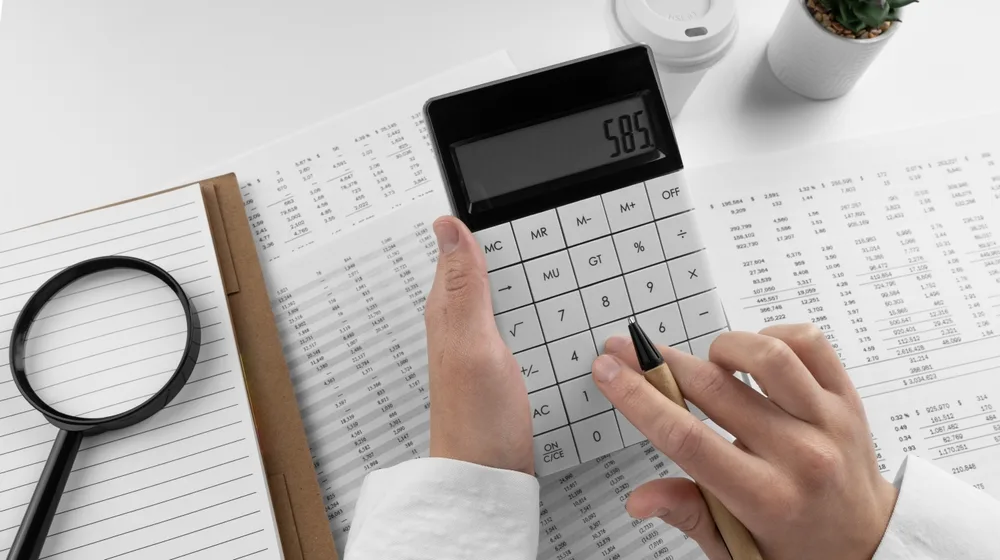Excel Skills for Planning, Forecasting, and Budgeting Course
Introduction
Planning, predicting, and budgeting are vital elements for any successful business. When handled with skill and accuracy, these activities can significantly contribute to achieving organizational goals. However, many companies fail to fully utilize these powerful tools. This course on Excel Skills for Planning, Forecasting, and Budgeting is designed to help you unlock the potential of Excel, enabling you to improve your planning, forecasting, and budgeting processes.
Building sophisticated spreadsheets and models will allow you to create more precise plans, make accurate forecasts, and establish realistic budgets, all while saving time. You will refine your forecasts, plans, and budgets using what-if analysis, ensuring that they emphasize key management factors. These tools will integrate seamlessly into actionable business plans, guiding your firm’s strategic direction.
Accurate budgeting and forecasting are crucial for effective decision-making. Our budgeting and forecasting program provides participants with best practices and an in-depth understanding of these concepts. You will learn the significance of budget forecast spreadsheets and how mastering advanced Excel techniques can lead to successful budgeting and forecasting strategies.
Objectives
Upon completion of this course, participants should be able to:
- Gain a comprehensive understanding of different Excel tools for planning, forecasting, and budgeting.
- Engage in sophisticated “what-if” scenarios to enhance decision-making.
- Identify appropriate Excel techniques based on the problem type.
- Master skills in developing efficient templates for various applications.
- Understand how to evaluate risks and when to take calculated risks.
- Broaden their expertise by applying different versions of Excel models.
- Improve their understanding of how a well-structured model can help businesses compete in today’s market.
- Estimate the risks associated with various planning decisions.
- Calculate critical outputs resulting from alternative inputs.
- Evaluate the cost/benefit implications for each decision.
- Apply models in case studies to enhance their understanding.
Training Methodology
- Interactive Lectures and Discussions
- Case Studies and Real-World Applications
- Guided Practice Sessions
- Individual and Group Activities
- Real-Time Feedback and Q&A Sessions
- Step-by-Step Walkthroughs of Advanced Excel Techniques
- Progressive Skill-Building Modules
- Final Project to Synthesize Learning
- Continuous Access to Training Resources and Templates
Course Outline
Unit 1: Introduction to Spreadsheets using Excel
- Learn worksheet fundamentals and spreadsheet essentials.
- Understand the F4 key’s function.
- Explore how to expose all formulas with built-in functions.
- Enhance workflow by naming cells & ranges.
- Improve viewing by freezing panes, columns, and rows.
- Ensure model stability through cell & range protections.
- Utilize function wizards for efficient navigation.
- Reduce errors by linking mechanisms across worksheets.
- Discover speedy secret keyboard shortcuts.
Unit 2: Proper Planning
- Understand the foundation of budget planning and forecasting.
- Perform what-if analysis and scenario development.
- Explore spinner’s sensitivity enactment involving scroll bars.
- Learn Economic Order Quantity (EOQ).
- Dive into data tables and explore a wider set of options.
- Apply maximize vs. optimize strategic approaches.
- Solve reverse equations using the Goal Seek command.
- Use Solver to determine optimal product mix or projection problems.
Unit 3: Amazing Predictions
- Understand what a forecast is.
- Explore different methods of predicting the future.
- Analyze moving averages and linear regression.
- Learn time series analysis.
- Forecast growth rates and validate results.
- Understand internal (INGR) and economic (EGR) growth rates.
- Explore financial (NNI/NI), investment (NNI/Yr. End Assets), and income (NNI/Net Income) forecasting.
- Use Med, Mod & Mean functions.
- Compute average annual rates of change using GEOMEAN.
Unit 4: Budgeting – Concepts and Strategies
- Understand the fundamentals of budgeting.
- Learn to create a basic budget.
- Develop a flexible budget model.
- Complete the budget, including operating and financial budget elements.
- Link budget elements together.
- Understand the importance of variance analysis reports in improving budgets.
- Calculate variance analysis to identify areas needing adjustment.
Unit 5: Putting It All Together – An Integrated Model Builder
- Design planning, forecasting, and budget models.
- Strategically link models to form a cohesive overall model.
- Optimize capital structure understanding.
- Gain insights into bond buybacks and their fiscal impact.


















